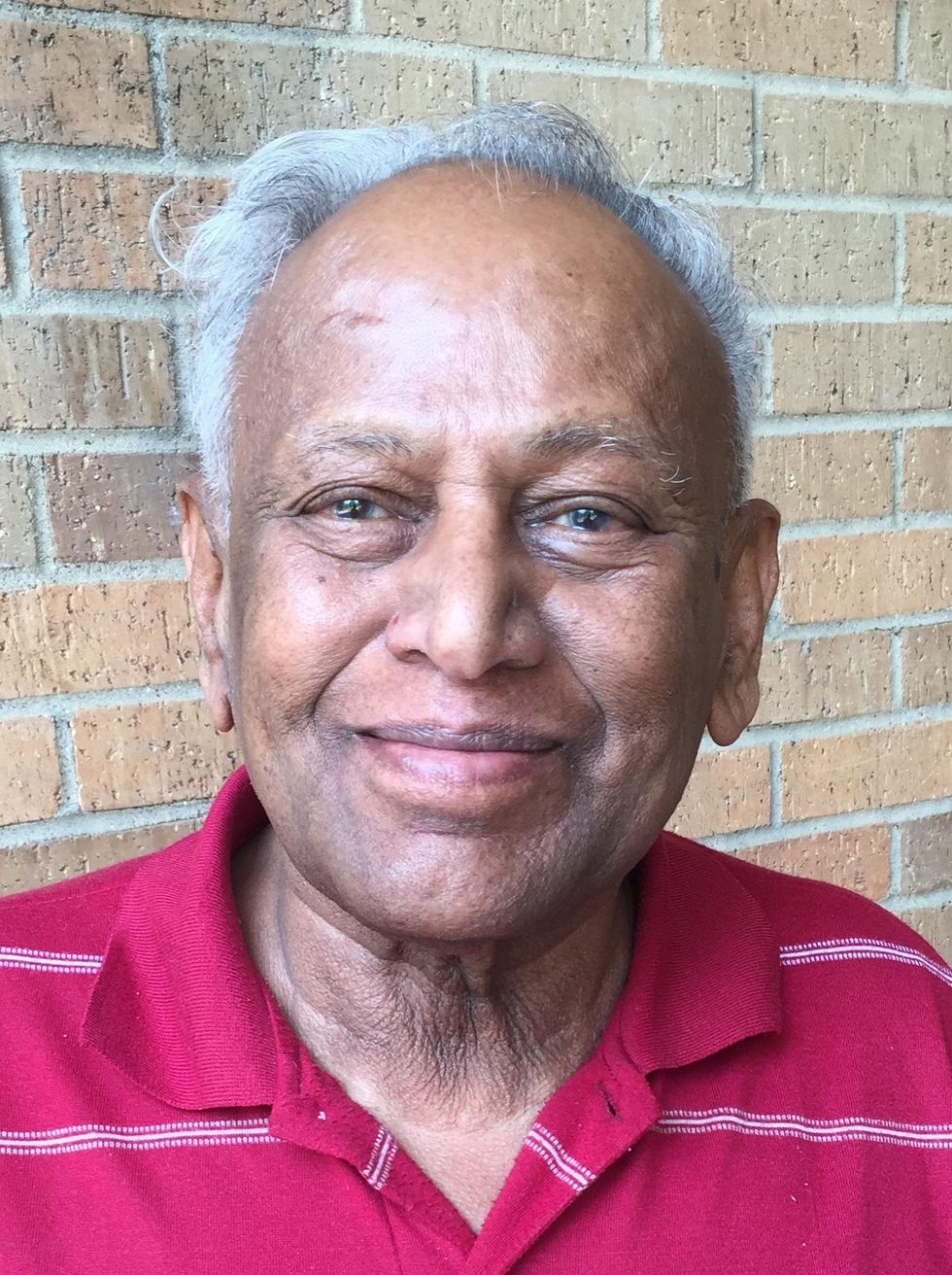
Kamisetty Ramamohan “K.R.” Rao died on 15 January 2021 at the age of 89. He co-invented the discrete cosine transform (DCT) technique, which is widely used in digital signal processing and data compression.
Rao was a professor of electrical engineering at the University of Texas at Arlington for more than 50 years.
This tribute is an excerpted version of an article dedicated to his memory written by three of his colleagues: IEEE Member Jae Jeong Hwang, Zoran M. Milicevic, and IEEE Life Senior Member Zoran S. Bojković. Hwang is a professor of IT convergence and communication engineering at Kunsan National University, in Korea; Miicevic is an assistant professor of telecommunications and IT at the University of Belgrade, in Serbia; and Bojković is a professor of electrical engineering, also at the University of Belgrade.
Education and Early Career
Rao received a bachelor’s degree in electrical engineering in 1952 from the College of Engineering, Guindy, in Chennai, India. He then moved to the United States and earned two master’s degrees from the University of Florida, in Gainesville: one in EE in 1959 and the other in nuclear engineering in 1960. He received a Ph.D. in 1966 in EE from the University of New Mexico, in Albuquerque.
After graduating, he joined UT Arlington as a research professor. He was promoted to associate professor three years later and became a full professor in 1973.
In the early 1970s, he began working with Nasir Ahmed, professor emeritus of electrical and computer engineering at the University of New Mexico, to develop DCT. They presented their results in the article “Discrete Cosine Transform,” published in the January 1974 IEEE Transactions on Computers.
Similar to the discrete Fourier transform, the DCT converts a signal or image from the spatial domain (a matrix of pixels) to the frequency domain (in which images are represented by mathematical functions).
DCT technology reduces the amount of data required to display, store, and transmit images by identifying parts of the image that contain significant amounts of energy—the ones that are most important to retaining image quality.
Originally proposed as an image-compression technique, DCT is now an industry standard in image and video coding, commonly used to store and transmit JPEG images as well as MPEG video files. DCT also has applications in digital video and television, speech coding, satellite imaging, signal processing, and telecommunications.
Rao went on to develop four different types of the technology: DCT-I, DCT-II (used in image and video compression including high-definition television), DCT-III, and DCT-IV (which has applications in audio coding algorithms).
“HDTV would not have been possible without the research accomplished by K.R. Rao and his students and collaborators,” said Venkat Devarajan, a former Rao student who is now an EE professor at UT Arlington.
Rao co-authored 22 books, some of which have been translated from English to Chinese, Japanese, Korean, Russian, and Spanish. He also published papers on Walsh functions and a variety of other topics related to image and signal processing.
Lasting Legacy
During his tenure at UT Arlington, he advised more than 100 graduate students. He was a member of the university’s Academy of Distinguished Scholars.
He was a visiting professor at universities in Australia, India, Japan, Korea, Singapore, and Thailand. He also conducted workshops and tutorials on video and audio coding and standards around the world.
“Everyone speaks about him in the highest regard—not just as a scholar but as a mentor, a friend, a person who helped them, and a person who encouraged them,” said Vistasp Karbhezi, an engineering professor and former president of UT Arlington. “I think that’s his legacy.”
- Paying Tribute to Former Vice President of IEEE's Publication ... ›
- Paying Tribute to Former IEEE President Richard Gowen - IEEE ... ›
- Remembering 1982 IEEE President Robert Larson - IEEE Spectrum ›
- Inventor of AT&T’s Datakit, the First Virtual Connection Switch, Dies at 85 - IEEE Spectrum ›
- Speech Processing Pioneer Sadaoki Furui Dies at 77 - IEEE Spectrum ›
- Speech Processing Pioneer Sadaoki Furui Dies at 77 - IEEE Spectrum ›
- Paying Tribute to Computer Science Pioneer Frederick Brooks, Jr. - IEEE Spectrum ›
Jae Jeong Hwang is a professor of IT convergence and communication engineering at Kunsan National University, in Korea.
Zoran M. Milicevic is an assistant professor of telecommunications and IT at the University of Belgrade, in Serbia.
Zoran S. Bojković is a professor of electrical engineering at the University of Belgrade.


